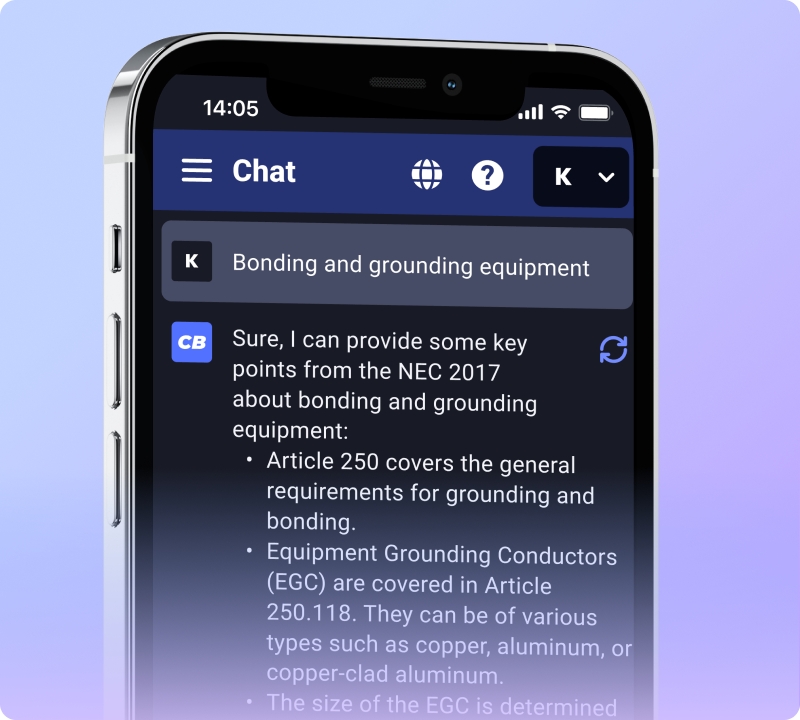Trenching and excavation work is dangerous. Every year, accidents happen because of it. This blog will show you how to make trenching and excavation safer in the workplace. Read on for safety tips.
Key Takeaways
- Trenching and excavation work can be very dangerous with risks like cave-ins, falling objects, and equipment accidents. Safety measures are needed to protect workers.
- OSHA sets safety rules that include using protective systems in trenches, assessing soil stability, and training workers on hazards. This helps reduce accidents.
- Keeping the workplace safe involves several steps: using trench boxes or shoring to prevent collapses, giving proper training about dangers, having a rescue plan ready for emergencies, checking weather conditions that might affect safety, and keeping the area clean to avoid trips and falls.
Understanding Trenching and Excavation Safety
Understanding trenching and excavation safety is key for workers. Workers face many risks, like cave-ins or falling tools.
OSHA Standards and Requirements
OSHA sets rules for trenching and excavation safety. These standards help protect workers from cave-ins and other hazards. They require that sites have a protective system in place when digging deep trenches.
This includes using trench boxes, shoring, or sloping to keep the walls stable. Workers must also assess soil stability before starting work.
Training is crucial under OSHA regulations. Workers need to know how to spot risks at excavation sites. They should understand how to use protective equipment properly too. Following these guidelines can reduce accidents on construction sites significantly.
Keeping everyone informed about excavation risks helps ensure workplace safety and prevents injuries.
Hazards and Risks
Trenching and excavation sites can be dangerous. Knowing the hazards and risks is key to staying safe.
- Cave-ins are a major risk in trenching. They happen when soil collapses. This can trap workers inside, leading to serious injuries or even death.
- Soil instability can increase the chance of accidents. Weather changes, like rain, can weaken the ground. This makes cave-ins more likely.
- Falling tools and materials pose a danger as well. Items can slip from above and hit workers below, causing injuries.
- Equipment accidents might happen around trenches. Heavy machinery needs close control at all times.
- Toxic gases can build up in excavation areas. These gases may come from buried pipes or other sources.
- Workers face suffocation risks in deep excavations as well. Poor air quality may lead to health issues if not checked regularly.
- Lack of proper safety training increases hazard risks at worksites. Workers must know how to identify and handle dangers safely.
- Not using protective systems raises the likelihood of accidents during trenching jobs. Safety measures help prevent cave-ins and protect workers effectively.
- Poor communication on-site can lead to misunderstandings about safety protocols, increasing accident chances.
- Emergency response situations need planning too; quick actions save lives if an accident occurs.
Awareness of these hazards helps keep everyone safer during trenching and excavation work in the workplace.
Protective Measures
Protective measures are essential for trenching and excavation safety. They help keep workers safe from accidents and hazards.
- Use protective systems like trench boxes or shoring. These systems support the walls of a trench. They reduce the risk of collapse.
- Properly assess hazards before starting work. Identify risks such as cave-ins, falling tools, or equipment failure. A good hazard assessment helps prevent accidents.
- Train all workers on safety procedures. Training should cover how to use protective systems correctly. It should also explain cave-in prevention methods.
- Ensure that all tools and equipment are in good shape. Inspect them regularly to avoid failures during work. Safe equipment reduces the chance of accidents.
- Always have a rescue plan in place. In case of a cave-in or other emergency, workers must know what to do. Quick action can save lives.
- Keep the work area clean and organized. Remove clutter and debris to prevent trips and falls. A tidy area helps everyone stay focused.
- Monitor weather conditions closely during excavation work. Heavy rain can increase cave-in risks significantly.
Using these protective measures can help manage trenching and excavation hazards efficiently and effectively in the workplace safety plan.
Importance of Trenching and Excavation Safety in the Workplace
Trenching and excavation safety is crucial in the workplace. Accidents can happen fast, especially with trench collapses. These are serious hazards that can injure or even kill workers.
According to the Occupational Safety and Health Administration (OSHA), cave-in risks are a top concern at job sites. Workers must use proper protective systems to keep safe while working in trenches.
Compliance with all trenching and excavation regulations helps reduce these dangers.
Training is key for accident prevention. Workers need to understand how to spot risks before they start digging. Safety precautions must be clear and easy to follow. Using tools like shoring and shielding can help protect against cave-ins too.
Regular safety training ensures everyone knows what to do in case of an emergency. This focus on trenching and excavation safety measures creates a safer work environment for electricians, tradesmen, and others who dig trenches daily.

